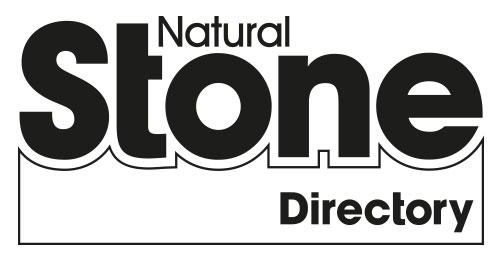Stone Federation update on planning: Design Codes should benefit local stones
Following on from Stone Federation’s successful Local Authority Planning & Natural Stone webinars last year, the Federation hosted an update on Zoom from its consultant on planning, Sam Thistlethwaite, Director of IC Planning, on 16 March.
Sam said the consultation on the latest up-dates to the National Planning Policy Framework (NPPF), which began in December, closed early in March and will probably result in a new NPPF being published in three or four months.
The NPPF says achieving sustainable development means the planning system has three overarching objectives, which are interdependent and should support each other for net gains across each. The three objectives are:
- an economic objective – to help build a strong, responsive and competitive economy, by ensuring that sufficient land of the right types is available in the right places and at the right time to support growth, innovation and improved productivity; and by identifying and co-ordinating the provision of infrastructure
- a social objective – to support strong, vibrant and healthy communities, by ensuring that a sufficient number and range of homes can be provided to meet the needs of present and future generations; and by fostering well-designed, beautiful and safe places, with accessible services and open spaces that reflect current and future needs and support communities’ health, social and cultural well-being
- an environmental objective – to protect and enhance our natural, built and historic environment; including making effective use of land, improving biodiversity, using natural resources prudently, minimising waste and pollution, and mitigating and adapting to climate change, including moving to a low carbon economy.
Sam pointed out a couple of changes that could help the stone industry: the heading to chapter 12 has been changed so it now reads 'Achieving well-designed and beautiful places', putting beauty right to the forefront; and paragraph 135 now includes the phrase 'the primary means of [improving design] should be through the preparation and use of local design codes'.
A problem with including the word ‘beauty’, of course, is that it is in the eye of the beholder and does not have an objective definition.
There is also a significant change to paragraph 137 that is intended to try to stop so-called value engineering that results in specified materials being substituted on-site for cheaper materials. It will mean there will have to be real clarity about what will be used on-site, said Sam.
With Sam, Stone Federation has been involved in the development of Design Codes, which come under the auspices of the Department for Levelling Up, Housing & Communities (DLUHC). Design Codes require design quality appropriate for the area where the development is taking place.
The Lake District National Park, which is also a World Heritage Site, is one of the 21 ‘Pathfinder’ authorities involved in the development of Design Codes, and a particularly sensitive one in terms of materials because of the importance of slate and limestone in building in the area to maintain its essential character.
Building stone suppliers in the area have been involved in the development of the Design Code there. There is a lot of information about the Design Code on the Lake District National Park website. The 200-page Design Code is going to affect every development in the Lake District.
Feedback from the Pathfinder authorities developing Design Codes is intended to lead to a National Model Design Code that can be adopted by any planning authority (and there are about 400 of them in the UK). Consultation on the National Model Design Code is expected to open in April.
Because Design Codes include concerns about meeting the UK’s targets for the reduction of greenhouse gasses, the low carbon credentials of locally sourced stone is significant and Sam said the stone industry needs to be clearer about the carbon benefits of using local stones and present more information about it.
For more about the Lake District National Park Design Code, click here

- The Natural Stone Directory lists 300 dimension stone quarries currently in production and 200 quarry operators in the UK and Ireland. It includes full contact details. To order your copy, click here.

